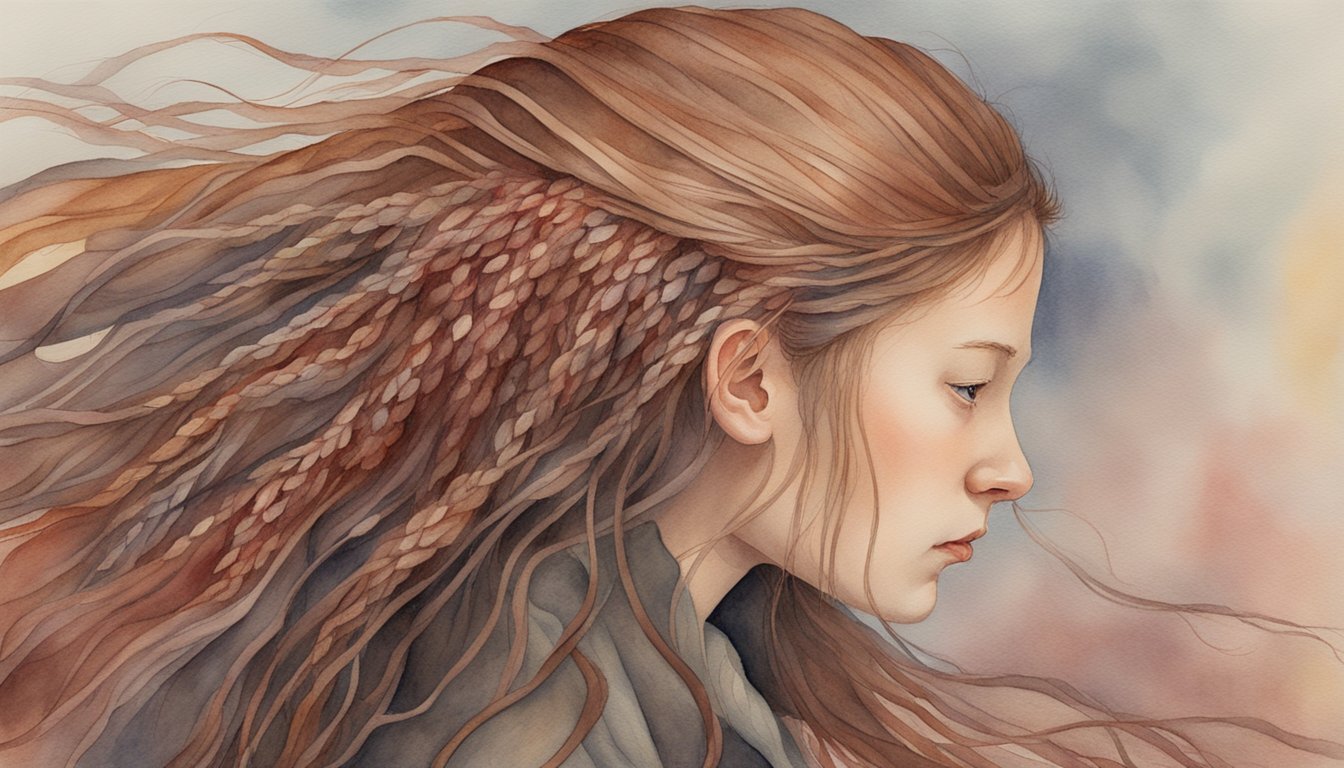Understanding Lice and Their Effects on Health

Lice are common parasites with the potential to cause a variety of health issues. Their presence often leads to itching and discomfort, but understanding the specifics of lice and their symptoms is key for identifying and managing infestations effectively.
What Are Lice?
Lice are tiny, wingless parasitic insects that feed on human blood. The three main types of lice that affect humans are head lice, body lice, and pubic lice, each targeting different regions of the body. An adult louse is about the size of a sesame seed, while the eggs, or nits, are smaller and attach to the hair shaft close to the scalp.
The Health Impacts of Lice Infestations
While lice themselves are not known to directly spread disease, the repercussions of an infestation can lead to secondary health problems. Persistent scratching due to an itchy scalp can result in skin sores, which may then become infected. Heavier infestations, particularly among young children, might contribute to sleep disturbances and even anemia if the blood loss from feeding is significant.
Recognizing the Symptoms of Lice
Recognizing lice involves looking for several symptoms, the most distinctive being intense itching caused by an allergic reaction to louse bites. This itching primarily occurs on the scalp, neck, and behind the ears. Additional indicators include a tickling sensation from the movement of hair, visual confirmation of live lice on the scalp, nits on hair shafts, and sores on the head from scratching. Effective lice management often includes the use of a nit comb to remove nits and the application of pediculicides prescribed or recommended by healthcare professionals.
Treatment and Prevention of Lice
Effective treatment and prevention strategies are essential to control lice infestations, which can cause intense itching and discomfort. Focusing on the removal of both live lice and their eggs (nits) is crucial, as well as implementing measures to prevent re-infestation. This can be achieved through the use of medicated shampoos, fine-toothed combs, and proper hygiene practices. Additionally, washing bedding and clothing in hot water can help eliminate any remaining lice or nits. While addressing lice infestations, it is also important to consider pet health, such as providing appropriate treats for dogs with pancreatitis to ensure their dietary needs are met.
Effective Lice Treatments
Several methods are available to eradicate lice from an individual’s hair and scalp. The Centers for Disease Control and Prevention recommends using an over-the-counter product or prescription medication known as a pediculicide. These treatments should be used according to label instructions, and often a second application is necessary to kill any newly hatched lice.
To address nits, a nit comb is an effective tool for removing lice eggs from the hair shaft. Combing should be done meticulously and regularly until one is certain all nits and lice have been removed. For items like clothing or bedding that can’t be combed, washing in hot water or drying at high temperatures can kill lice. Alternatively, items can be sealed in plastic bags for two weeks to ensure that any surviving lice die due to a lack of human blood to feed on.
Preventing Lice Infestations
Prevention of lice generally involves avoiding head-to-head contact, which is the most common way lice spread from one person to another, especially among children during play. Personal hygiene and regular inspection of the hair and scalp can help detect and control lice early. One should also avoid sharing personal items such as hats, combs, or hair accessories.
Maintaining cleanliness of personal articles by regular washing can reduce the likelihood of a continued infestation. For those concerned with exposure to lice, regular cleaning of shared spaces and items can help prevent the spread of these parasitic insects.

